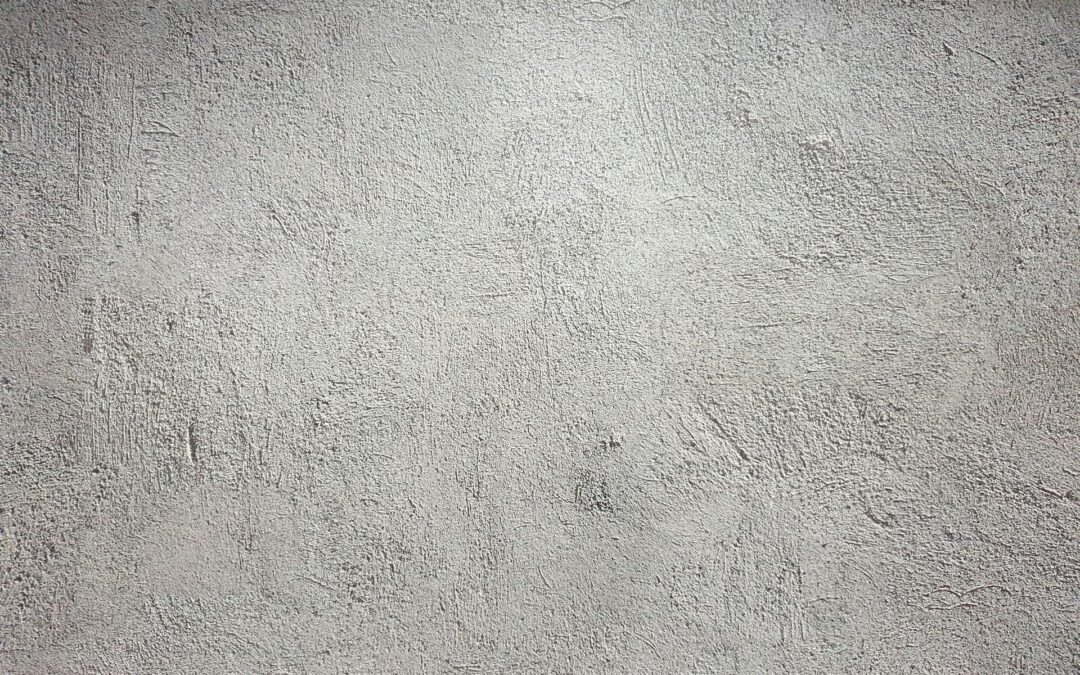Concrete settling is a common issue many homeowners face, and understanding why it happens is crucial for maintaining a safe and level environment. Concrete structures like sidewalks, driveways, and patios can shift over time, leading to uneven surfaces that might pose hazards.
Whether you’re dealing with minor dips or significant shifting, understanding the core reasons helps you plan effective solutions, ensuring your concrete surfaces remain sturdy and level throughout their lifespan.
Understanding the Process of Concrete Settling
Concrete settling is a natural occurrence, resulting from the interaction between the concrete and its underlying support. Once poured and dried, concrete isn’t as static as it seems. Over time, various factors can cause it to sink or shift.
Initially, the soil beneath the concrete might appear solid, but natural forces eventually lead it to compact further. This process is especially true if the soil wasn’t adequately packed before the concrete was laid. As the ground compacts, it loses volume, leaving a gap for the concrete slab to settle into.
When this settling occurs unevenly, it often results in cracks or dips on the surface, affecting the slab’s integrity. Environmental elements like changes in temperature and moisture levels can exacerbate these movements. For instance, during periods of heavy rain, water can seep into the ground, causing certain soil types to expand and later contract as they dry.
Understanding that concrete settling is often gradual emphasizes the importance of monitoring any early signs. Taking note of minor shifts early on can help homeowners address potential issues before they develop into bigger, costlier problems.
Key Factors Contributing to Concrete Settling
Several factors influence why concrete settles over time. Knowing these can help homeowners take preventive measures to keep their concrete surfaces stable.
1. Soil Type: The kind of soil under a slab can greatly impact settling. Expansive clay soils, for instance, swell with moisture and shrink when dry, leading to foundation movement.
2. Poor Soil Compaction: If the soil wasn’t properly compacted before pouring the concrete, it might settle further under the slab’s weight, causing uneven surfaces.
3. Erosion: Water runoff and poor drainage can wash away soil under the concrete. This erosion creates voids that cause the slab to settle unevenly.
4. Tree Roots: Tree roots spreading under a concrete slab can push it upward or shift it out of place over time.
5. Heavy Loads: Consistently heavy loads over areas like driveways can press the concrete down, leading to settlement issues.
Understanding these factors allows homeowners to manage their properties better. By addressing these causes, you can prevent future settling issues, ensuring that your concrete surfaces remain level and safe for everyday use.
Common Signs of Concrete Settlement
Recognizing signs of concrete settlement early can help prevent further damage and costly repairs. Here are some typical indicators to watch for around your home:
1. Cracks in the Surface: One of the most obvious signs of settling is the appearance of cracks. These can vary in size and may appear as small hairline fractures or wider openings.
2. Uneven Surfaces: If you notice that the surface of your concrete is no longer level, this could indicate that some parts have settled more than others.
3. Pooling Water: Water collecting in certain areas after rain might suggest low spots due to settling.
4. Gaps Between the Slab and Adjacent Surfaces: Spaces developing between the concrete and other connected structures, like house foundations or steps, often signal movement.
5. Doors and Windows Sticking: Though not always a direct indicator, sticking doors and windows might result from shifts in adjacent slabs that influence structural alignment.
By keeping an eye out for these signs, you can address settlement issues early, which makes it easier to apply timely and effective solutions.
Effective Solutions for Addressing Settled Concrete
When you notice signs of concrete settlement, several effective methods can restore stability and levelness to your surfaces.
1. Slab Jacking: This technique involves pumping a mixture beneath the settled slab to raise it back to its original position. It’s a popular method for its quick turnaround and minimal disruption.
2. Polyurethane Foam Injection: A modern alternative to slab jacking, this involves injecting expanding foam into voids beneath the concrete. The foam lifts the slab and hardens, providing stable support.
3. Patching and Resurfacing: For minor cracks, applying patching materials and resurfacing the slab can improve its appearance and prevent further damage.
4. Improving Drainage: Addressing water issues with proper drainage systems can help prevent further erosion and sinking. Ensure gutters direct water away from concrete surfaces.
5. Root Barriers: In cases where tree roots are causing upheaval, installing root barriers can protect concrete from further root growth interference.
Applying these solutions helps in maintaining smooth and safe surfaces, reducing the risk of further settlement-related damage.
Conclusion
Concrete settlement is a common issue that can lead to uneven surfaces and potential safety hazards. Understanding the reasons behind settling and recognizing early warning signs is crucial for maintaining your property’s integrity. Whether dealing with soil issues, weather influences, or mechanical stresses, being proactive can prevent problems from escalating.
To address concrete settlement effectively, homeowners have several options, from slab jacking to improving drainage solutions. Choosing the right method depends on the specific conditions affecting your concrete surfaces. Taking action not only improves appearance but also enhances safety and functionality.
For comprehensive solutions to your concrete settlement problems, Lift-Texas Construction is ready to assist. Our skilled team specializes in diagnosing and addressing settlement issues as well as concrete and foundation repair, ensuring your concrete surfaces are level and secure. Reach out to us and discover how we can lift your concrete issues back to solid ground.

